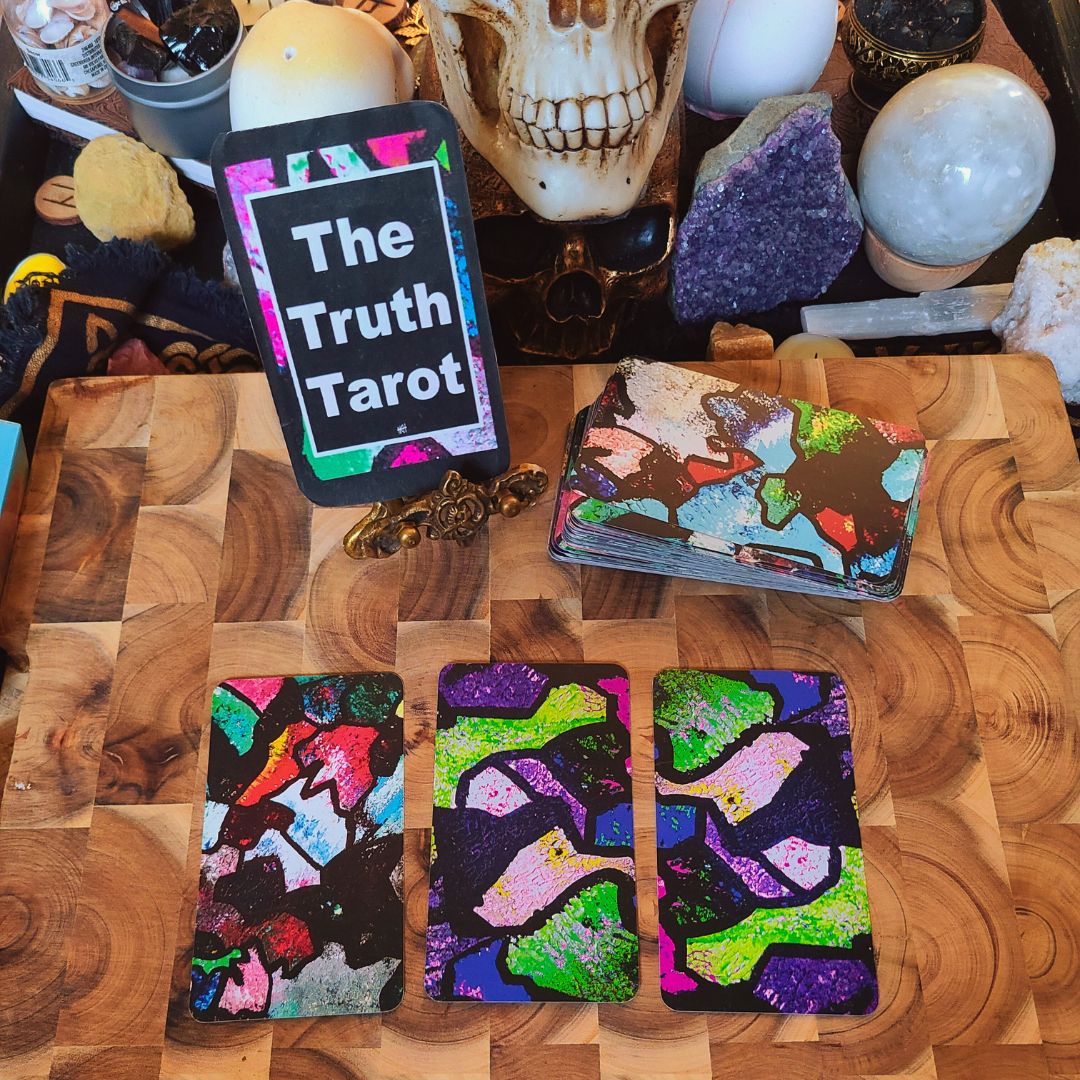
10 Facts about the Salem Witch Trials
Share
The Salem Witch Trials, which took place in colonial Massachusetts between 1692 and 1693, are a dark and haunting chapter in American history. During this time, more than 200 people were accused of witchcraft, and 20 were executed. The trials continue to captivate our imagination and serve as a reminder of the dangers of mass hysteria and the importance of due process. In this blog post, we will explore 10 fascinating facts about the Salem Witch Trials.
1. The Accusations Started with Young Girls
The witchcraft accusations began when a group of young girls in Salem Village claimed to be possessed by the devil and accused several women of bewitching them. This sparked a wave of fear and paranoia that quickly spread throughout the community.
2. The First Execution
The first person to be executed during the Salem Witch Trials was Bridget Bishop. She was accused of being a witch and was hanged on June 10, 1692. Her execution set a precedent for the trials that followed.
3. The Witchcraft Hysteria
The witchcraft hysteria reached its peak in the summer of 1692. Over 150 people were arrested and imprisoned, and the jails were filled to capacity. The accusations were based on spectral evidence, dreams, and confessions obtained through questionable means.
4. The Role of Tituba
Tituba, a slave from Barbados, played a significant role in the Salem Witch Trials. She was one of the first to be accused of witchcraft and was coerced into confessing. Her confession fueled the hysteria and led to the arrest of many others.
5. The Court of Oyer and Terminer
To handle the increasing number of witchcraft cases, a special court called the Court of Oyer and Terminer was established. This court was known for its harsh and unfair trials, and it was responsible for the majority of the executions.
6. The Afflicted Girls
The group of young girls who initially made the witchcraft accusations became known as the "afflicted girls." They were at the center of the trials and played a crucial role in identifying and accusing alleged witches.
7. The Aftermath
As the hysteria began to subside, doubts and skepticism about the trials started to emerge. In 1693, the Massachusetts Bay Colony government issued a general pardon, and those who were still imprisoned were released. The trials were officially declared unlawful in 1697.
8. The Impact on the Community
The Salem Witch Trials had a profound impact on the community. Families were torn apart, neighbors turned against each other, and trust was shattered. The trials left a lasting scar on the town of Salem and its residents.
9. The Legacy
The Salem Witch Trials have left a lasting legacy in American history and popular culture. They have been the subject of numerous books, plays, and movies, and continue to be studied as a cautionary tale about the dangers of mass hysteria and the importance of justice.
10. Lessons Learned
The Salem Witch Trials serve as a reminder of the importance of due process, the dangers of unchecked power, and the need for critical thinking. They remind us to question our beliefs, to seek evidence before making accusations, and to protect the rights of the accused.

